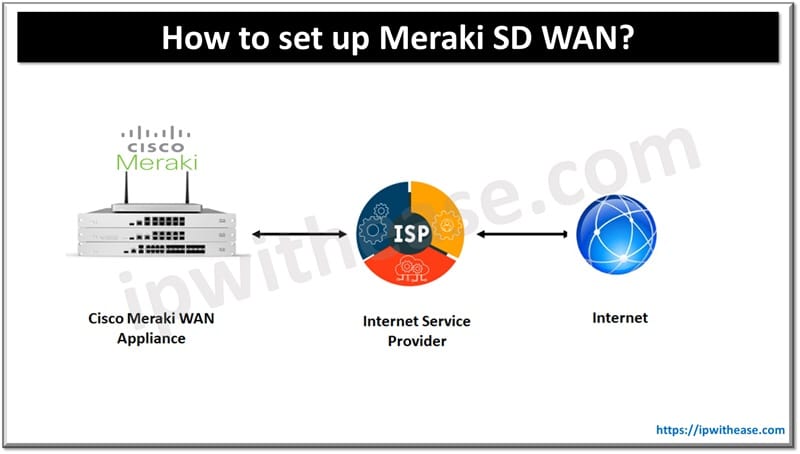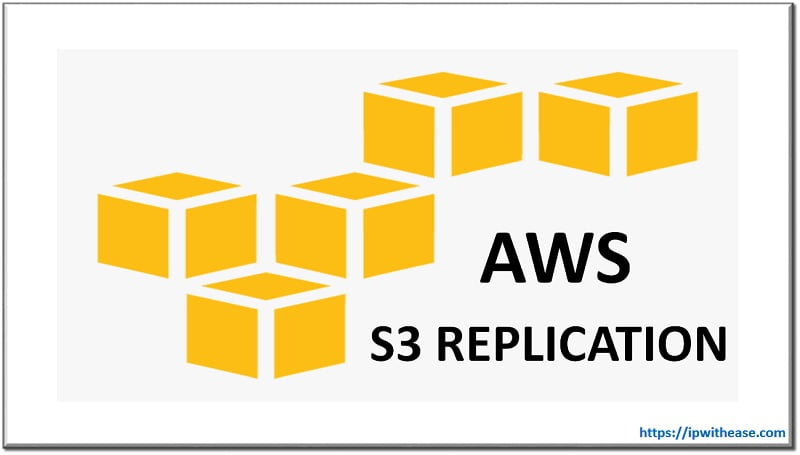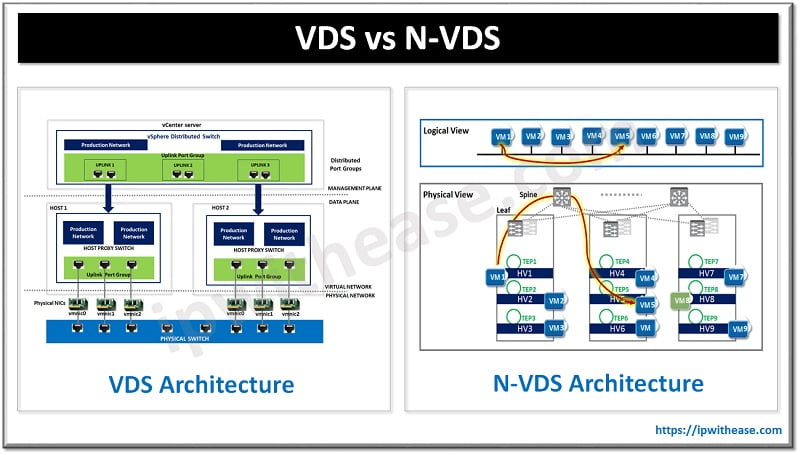In this article, we will look at the evolution steps of Core Technologies. We are moving from on-premise to SaaS. Hopefully, by the end of this article, you’ll better understand how to best use SaaS solutions for your organization.
What is Core Technology?
The core technology is defined as software or infrastructure that enables an organization to deliver its products and services. Core technology helps companies become more efficient, agile, and scalable in simple terms.
Let’s begin with a typical on-premise setup: what it is, why it is, and how it works.
Legacy Mainframe Solutions
To run the business, organizations still use mainframe computing systems. Mainframes are specially engineered computers with a central processing unit (CPU), storage, and input/output (I/O) devices, often using proprietary hardware and operating systems. Mainframes are built to store huge volumes of data and can be used for many different purposes, including accounting, payroll, inventory management, and manufacturing. They are reliable, easy to maintain, and scalable in size.
The downside of mainframes is that they are often too expensive to operate and maintain, difficult to install, difficult to customize. It doesn’t have a way for customers to get real-time information. In addition, the software is not easily accessible to external customers.
On-Premise Databases
As organizations grow larger, their data storage needs also become more outstanding. This can often mean that they need an enterprise database solution. Such a solution allows users and applications within an organization to access data quickly, securely, and in real-time. In a usual on-premise solution, the enterprise database is deployed on machines within the organization’s own data center.
This means that you need to buy and maintain your servers, storage devices, and networking equipment to run it. Another solution is known as an in-the-cloud database. In this scenario, the software is run off of servers owned by a third-party provider. Users and applications access their data from websites hosted by this service provider or software installed on their machines.
Latest On-Premises Systems
While legacy mainframe technology is widely used, it offers businesses of all sizes and operating systems that are reliable, scalable, easy to maintain, and relatively inexpensive to operate and maintain. However, most organizations can offer customers real-time information and provide more flexibility and speed in their business. The best way to do this is to move their core technology onto the cloud.
The Cloud
The cloud is a type of network which offers shared computer processing resources and storage over the Internet. The term usually refers to “Infrastructure as a Service” (IaaS), “Platform as a Service” (PaaS), or “Software as a Service” (SaaS). These services are built on a virtual computing environment, using shared servers, storage devices, and networking equipment.
Users can then rent the computing power, storage, and services layer they need, depending on the needs of their organization. They can also host the software on their own or any third-party machine. Moving to the cloud allows organizations to host all of their data and applications on a single system accessible from anywhere in the world using an internet connection. With cloud computing, you no longer need to buy and maintain your servers and networking equipment as this is all provided for you by a service provider.
The On-Premise Cloud Solution
A cloud solution will allow you to integrate internal business applications with external ones, such as credit card processing systems or online payment gateways.
How to migrate to SaaS?
Moving from on-premise to SaaS. SaaS provider or multiple providers which suit your organization. You must then evaluate how this solution will integrate into your current IT infrastructure. Your IT department will probably want to know:
Suppose the system can be integrated with existing systems such as email, storage, calendar, and other applications—the compatibility of the new provider with your network and server configurations so that users can log in securely. The SaaS technology stack provides continuous service improvement. This process involves delivering the software in small, easily installed increments. Most products are web-based and require a modern web browser to be accessed. They can view the future of SaaS in various ways. It can be viewed as a service, software, or product.
The main aim of SaaS is to provide on-demand access to software and services over the Internet, which helps in reducing the cost and maintenance associated with developing and maintaining application systems. While migrating to a SaaS business model, there are numerous steps that an organization should consider. For an organization to migrate, there needs to be a thorough evaluation taking place.
The future of Core Technologies
With the advent of cloud computing, organizations can purchase software and other services together with their need for data storage. Cloud-based SaaS will provide organizations with the ability to run business applications and processes on web-based technologies that are easy to maintain, flexible and secure.
The downside of SaaS cloud migration is that there is more technology involved in its implementation. In addition, it is not always the right choice for every business. It all depends on your company’s technical, operational, and financial needs.
Final thoughts
As the world of information technology changes, cloud computing has become widely accepted, and software applications are increasing in popularity that support its usage.
Of course, the old computing methods still exist and, at times, are necessary. However, the more convenient options are increasing in usage.
Continue Reading:
SaaS vs PaaS vs IaaS: Understand the difference
What is Cloud Security Posture Management (CSPM)?
ABOUT THE AUTHOR
IPwithease is aimed at sharing knowledge across varied domains like Network, Security, Virtualization, Software, Wireless, etc.



